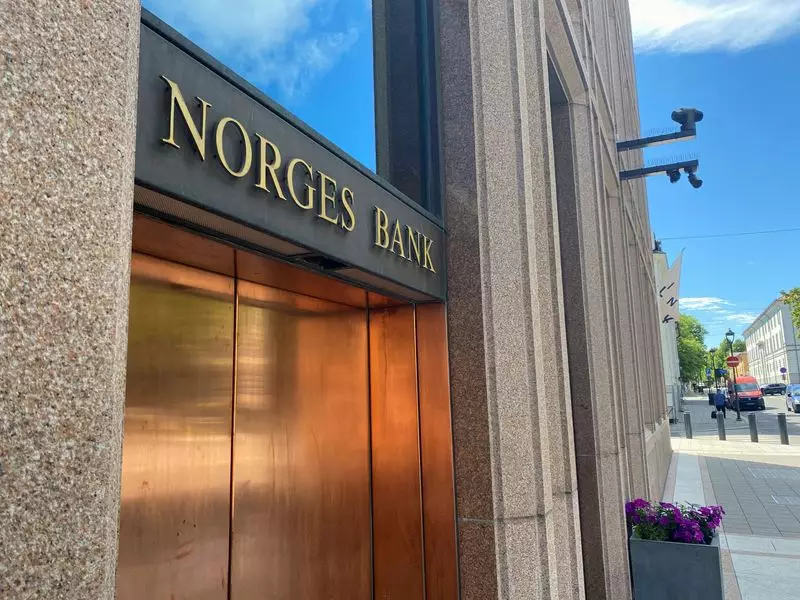Recent decisions from Norway’s central bank illustrate a commitment to maintaining economic stability amid fluctuating global monetary policies. On Thursday, the bank decided to keep the interest rate steady at 4.50%, a figure that reflects the highest level in over 16 years. This continuity was expected based on a consensus from analysts, signaling a strong, unified belief that the current rate aligns with the nation’s economic goals. “A restrictive monetary policy is essential to bring inflation down to target within a reasonable timeframe,” the central bank emphasized in its latest communiqué.
Norway’s approach starkly contrasts with monetary policies adopted by other major Western central banks. Institutions like the European Central Bank, the U.S. Federal Reserve, and the Bank of England have all embarked on rate reduction strategies this year in response to evolving economic indicators. Notably, Sweden’s Riksbank recently announced a 50 basis point cut in its interest rate, projecting further decreases if the economic landscape remains consistent. In this context, Norges Bank’s decision to hold rates steady emphasizes their unique response to current economic challenges.
Norges Bank’s leadership, particularly Governor Ida Wolden Bache, remains cautious yet optimistic. They clarified that while the interest rates are set to remain unchanged until the end of 2024, they will reevaluate in December based on updated information and forecasts. This demonstrates a strategic foresight, acknowledging potential shifts in economic indicators. Despite a rise in inflation being slightly lower than initial expectations, the weakening of the Norwegian crown continues to exert pressure on consumer prices, presenting a complex economic tapestry for policymakers.
A weakened currency exerts its influence on import pricing, creating an environment where consumer costs could potentially rise. The latest statistics show core inflation in Norway has eased to 3.1%, down from a peak of 7.0% observed in June 2023, yet remains significantly over the central bank’s target of 2.0%. This persistent gap between the target and actual rates necessitates careful scrutiny and ongoing policy adjustments to nurture an environment conducive to sustainable economic health.
As the year draws to a close, the approach taken by Norway’s central bank becomes increasingly critical. With a steadfast interest rate policy, they position themselves distinctly against a backdrop of global monetary easing. The next policy meeting in December will be pivotal, as it promises to provide insights into the future trajectory of interest rates based on current economic developments. In a world grappling with uncertainty, Norway’s deliberate and cautious monetary approach may just hold the key to achieving its desired economic stability.

